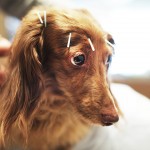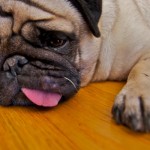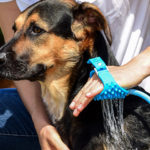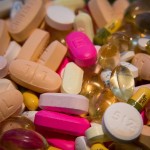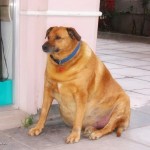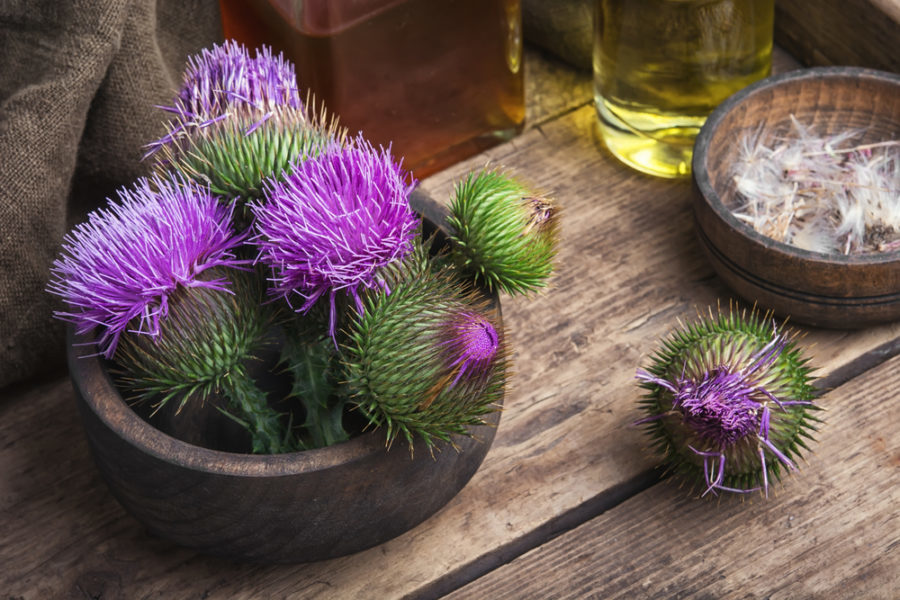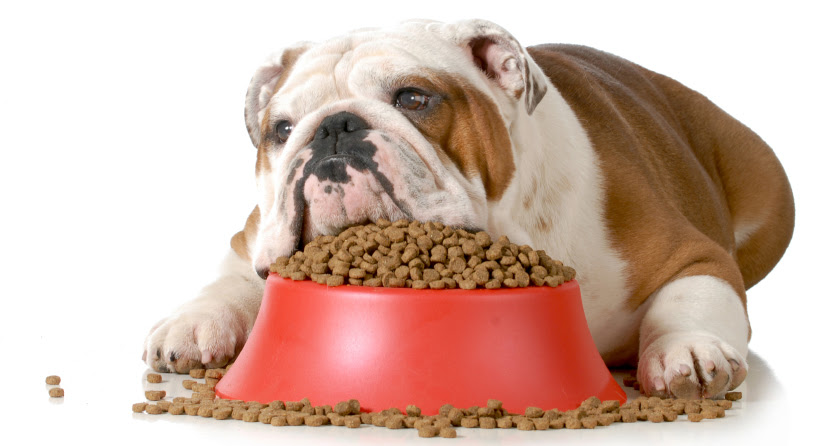Bacteria is present on everything on the planet
Think about your dog-this is an animal that can lick itself, lick other dogs, eat a variety of disgusting rotting things, and ingest its own feces or those of other animals with no ill effects. The dog, plain and simple, can handle greater bacterial loads than we can.
Yes, the bacteria in raw meat might hurt your dog IF the dog already has an immunocompromised system or some underlying problem. Raw diets have also been blamed for causing things like pancreatitis and kidney disease, when in reality the underlying disease was already there and was brought to light by the change in diet.
Dogs are surprisingly well-equipped to deal with bacteria. Their saliva has antibacterial properties; it contains lysozyme, an enzyme that lyses and destroys harmful bacteria. A canine’s short digestive tract is designed to push food and bacteria through quickly without giving bacteria time to colonize. The extremely acidic environment in the gut is also a good bacteria colonization deterrent.
People often point to the fact that dogs shed salmonella in their feces without showing any ill effects as proof that the dog is infected with salmonella. But all this proves is that the dog has effectively passed the salmonella through its system with no problems. Yes, the dog can act as a salmonella carrier, but the solution is simple-do not eat dog crap and wash your hands after picking up after your dog. Even kibble-fed dogs regularly shed salmonella and other bacteria. Most of the documented cases of severe bacterial septicemia are from kibble-fed animals or animals suffering from reactions to vaccines. Commercial pet foods have been pulled off shelves more than once because of bacteria AND molds that produce a deadly toxin. The solution? Use common sense. Clean up well and wash your hands.
It’s important to note that salmonella can be found in up to 36 percent of all healthy dogs and 18 percent of healthy cats regardless of the food they consume. Many pets harbor these bacteria as a part of their normal GI flora and naturally shed salmonella organisms in feces and saliva regardless of what food they eat.
Many salmonella species are ubiquitously present in the environment and reside in the GI tracts of many animals, including pets. The fact is the majority of human salmonellosis cases are acquired through ingestion or handling of contaminated dry pet foods and treats – not raw meat. In fact, as I mentioned, there’s no known incidence of humans being infected with salmonella by raw-fed cats or dogs. Kibble sits in the bowel longer, irritates it and provides plenty of undigested sugars and starches as food for bacteria. This is why thousands of processed food-fed animals suffer from a condition called Inflammatory Bowel Syndrome or Small Intestinal Bacterial Overgrowth, or SIBO (Lonsdale, T. 2001. Raw Meaty Bones. pg 85).
“there’s no known incidence of humans being infected with salmonella by raw-fed cats or dogs.”
Raw meaty bones, however, create a very inhospitable environment for bacteria, as they are easily digestible and have no carbohydrates, starches, or sugars to feed the undesirable bacteria. So do not be fooled into thinking kibbled, commercial pet food is a sterile, bacteria-free source of food! The starches, rancid fats, and sugars in kibbled foods provide much better food sources for bad bacteria than the proteins in raw meat.
Any dog food can certainly harbor salmonella, so awareness is important. Regardless of what food you feed your pet, animals can naturally harbor salmonella which can be a risk to humans, especially if the person is immunocompromised.
Source:
Bill Ormston received a BS in animal science in 1982 and a veterinary degree in 1988, both from Iowa State University. Since graduation Dr. Ormston has worked in or owned mixed animal practices. In 1998 he attended Options For Animals and became certified in animal chiropractic care by the American Veterinary Chiropractic Assoc. In 2004 he completed his degree in Veterinary Homeopathy from the British Institute of Homeopathy. His current practice is in the area surrounding the Dallas metroplex where he uses only complementary therapies to treat both large and small animals.



